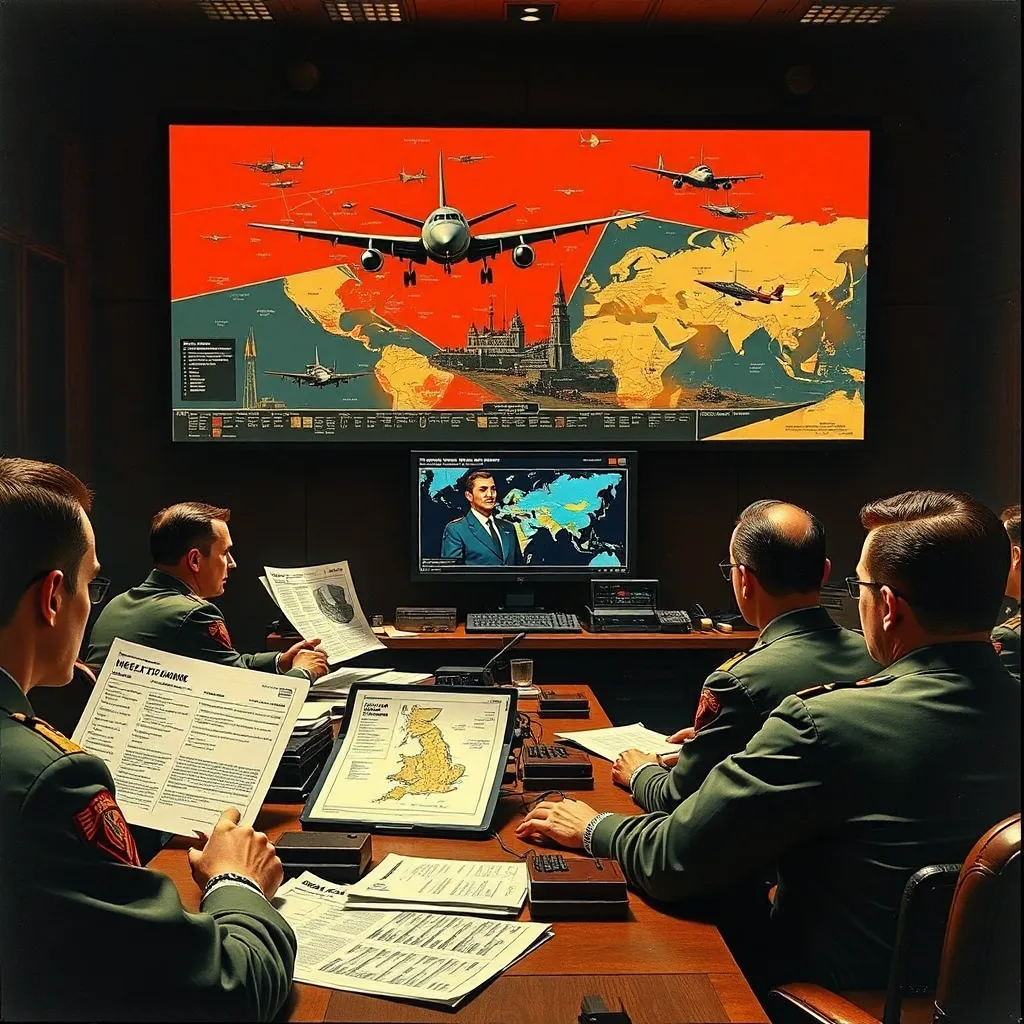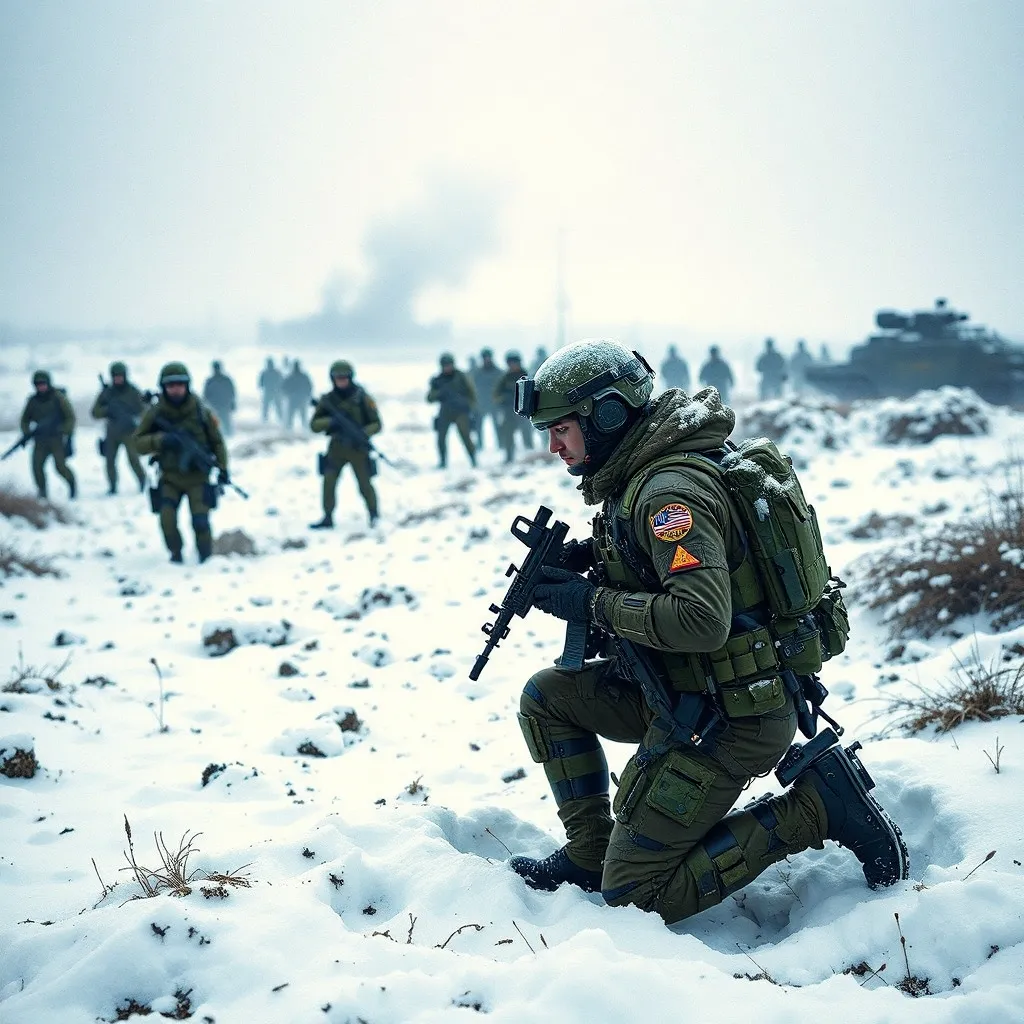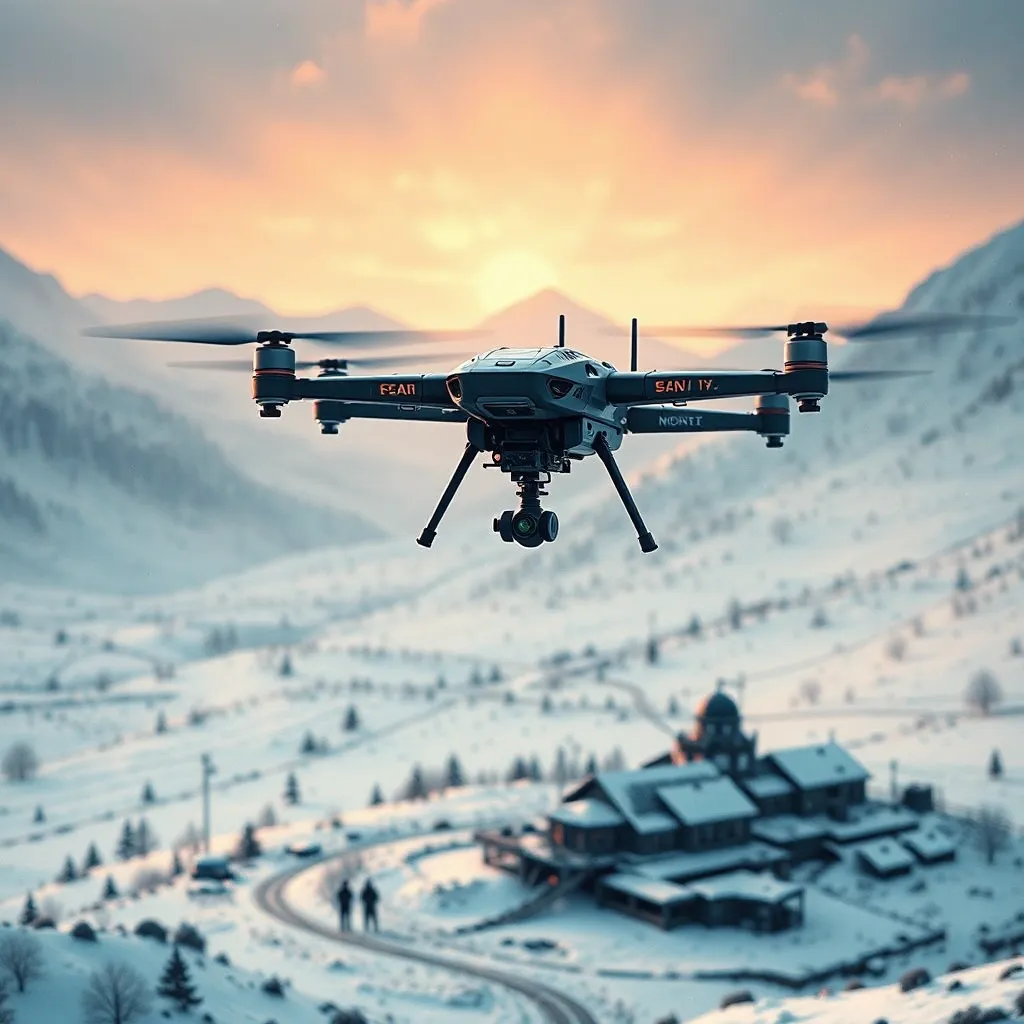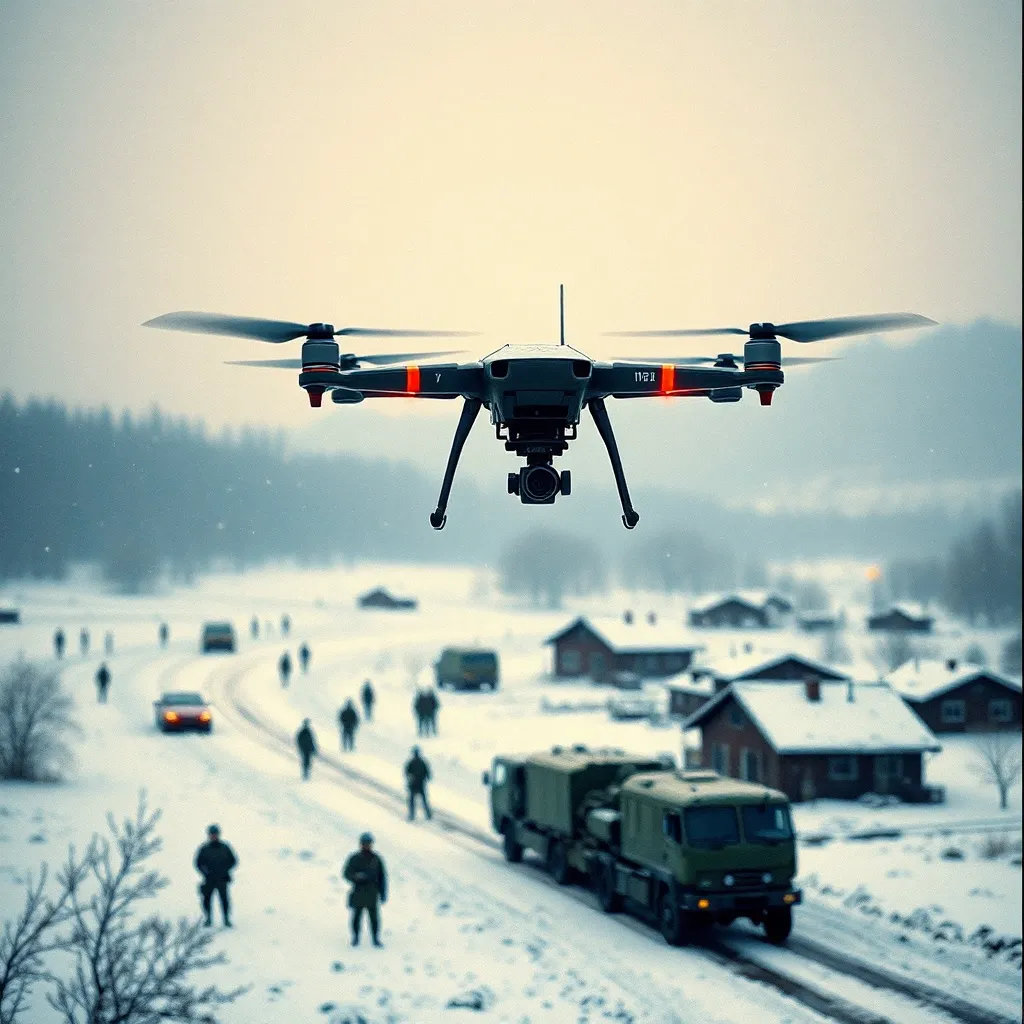Where can i find the quick and immediate news release for fx trading
Several of the provided sources offer recent news on FX trading, but none are specifically labeled as “quick and immediate news releases.” The most current items are:
-
AIFXL’s Disruptive AI Technology Redefines Forex Trading Amid Industry Scrutiny: This article from The Manila Times (https://www.manilatimes.net/2024/12/01/tmt-newswire/globenewswire/aifxls-disruptive-ai-technology-redefines-forex-trading-amid-industry-scrutiny/2013845) is only 4 hours old at the time of the original query. However, it’s a report on a company’s technology, not a market-moving news release.
-
FX week in review: Lightyear CEO, Jabal and MasterFunders launch, Exante in MENA: This FX News Group article (https://fxnewsgroup.com/forex-news/retail-forex/fx-week-in-review-lightyear-ceo-jabal-and-masterfunders-launch-exante-in-mena/) is a weekly summary, not a single, immediate release.
To find truly immediate FX trading news releases, you would need to check the websites of major financial news providers (like Bloomberg, Reuters, or the financial sections of major news outlets) constantly, as these releases are often published and updated very rapidly. The sources provided here give an overview of recent activity but don’t act as a real-time newsfeed.
Find me some real-time newsfeed for fx trader
The provided search results don’t offer direct links to real-time FX news feeds. Many sources mention real-time data or news, but don’t provide the feed itself. This is because real-time financial data is usually a paid service.
To access a real-time FX news feed, you’ll need to subscribe to a professional-grade financial data provider. These services often come with a significant cost. Some examples (not mentioned in the provided text) include:
- Bloomberg Terminal: A widely used platform providing real-time market data, news, and analytics across various asset classes, including FX.
- Reuters Eikon: Similar to Bloomberg, offering comprehensive real-time data and news for financial professionals.
- TradingView: While offering some free data, TradingView also has premium subscriptions with enhanced real-time data and analytics. It’s a popular choice among individual traders.
- Your Broker’s Platform: Many brokers provide real-time market data and news feeds as part of their trading platform, often as a feature of their premium accounts.
The search results highlight that several platforms offer real-time data (FactSet, FXStreet’s rates table mentions real-time data, Newsquawk is mentioned as a provider of real-time feeds) but don’t directly give you access to the feeds themselves. You’ll need to investigate the specific providers mentioned or explore other professional financial data providers to obtain a real-time FX news feed.




















